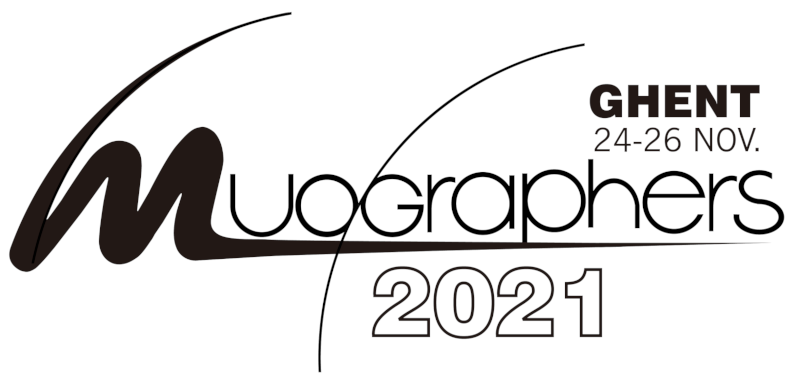Speaker
Description
Applications of both cosmic-ray (CR) muons and neutrons have grown in numbers in the last decades. Measurements of flux attenuation (radiography) and scattering angles (tomography) of CR muons have been successfully applied to the inspection or monitoring of large natural and civil structures, to the search for heavy metals in container and trucks, to the control of nuclear wastes, and much more. Measurements with CR neutrons have instead been used for the determination of the snow-water equivalent, the soil moisture estimation and climate studies (sometimes together with CR muon measurements). In this talk we present COMMAND, a new compact detector for both muons and neutrons, which is currently in a late stage of development. It consists of 5 independent and removable modules: 3 for the detection of muons, based on scintillating fibers coupled to SiPMs, and 2 for the detection of neutrons, based on lithium enriched phosphor detectors, read by a matrix of SiPM. Several innovative solutions have been implemented in the making of COMMAND, from the use of additive manufacturing, to the design of the electronics, which is based on COTS devices and features realtime time-stamping and triggering, programmable bias for SiPMs, and low-noise/high-speed analogue front-end. An overview of the detector, its current state of development (completion due by the end of the year) and its possible applications are presented.
